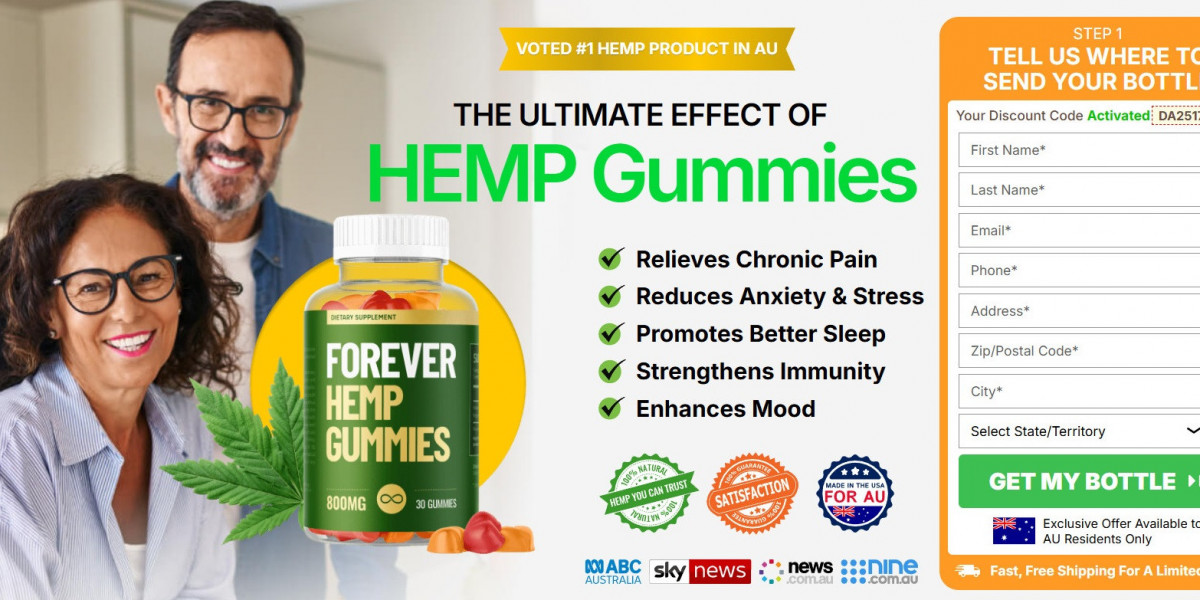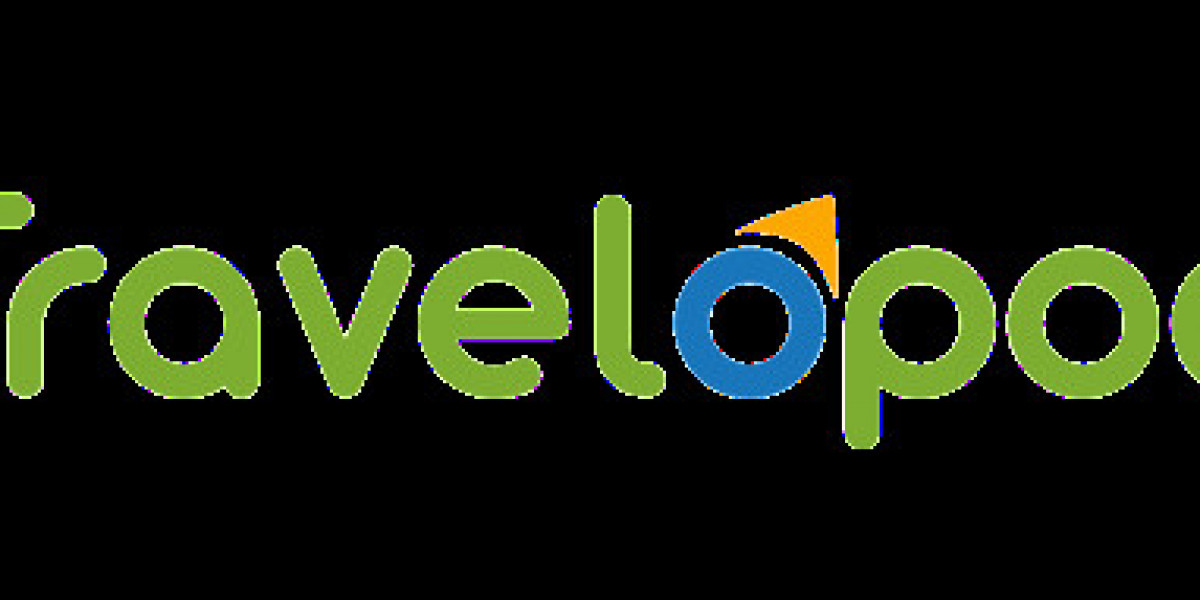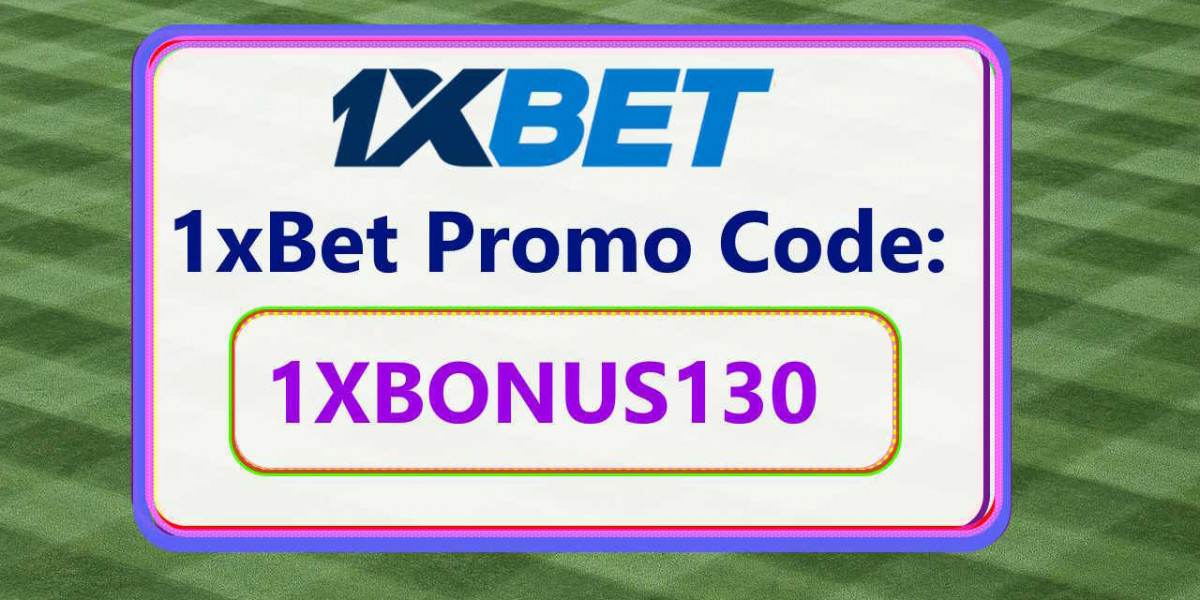Enzalutamide, a breakthrough oral therapy for advanced prostate cancer, has been a game-changer for thousands of patients worldwide. Approved for treating metastatic and non-metastatic castration-resistant prostate cancer (CRPC), this drug has extended survival, improved quality of life, and become a go-to option for oncologists. However, there’s one aspect of enzalutamide that continues to raise eyebrows: the price.
A full daily dose—typically enzalutamide 160 mg—can cost several thousand dollars per month, even with insurance. For many patients, the Enzalutamide price poses a financial burden that can affect adherence to treatment and overall wellbeing.
What Is Enzalutamide and Why Is It Important?
Before we dive into pricing, it’s important to understand what enzalutamide is and why it’s such a valuable medication.
Enzalutamide is a second-generation androgen receptor inhibitor. It works by blocking the action of testosterone on prostate cancer cells, even after the body’s natural testosterone has already been suppressed. This ability to halt disease progression when other hormone therapies have failed makes it a critical option in the treatment of advanced prostate cancer.
Enzalutamide is typically taken in the form of enzalutamide capsules 40 mg, with four capsules making up the full 160 mg daily dose.
The Sticker Shock: What’s Behind the High Enzalutamide Price?
The high cost of enzalutamide 160 mg can be attributed to several interconnected economic, scientific, and market factors.
1. Research and Development (R&D) Costs
Developing a new drug can cost over $1 billion, factoring in:
Discovery and development
Preclinical and clinical trials
Regulatory approvals
Failed drug candidates along the way
Enzalutamide was the result of years of research in the field of prostate cancer pharmacology. Pharmaceutical companies often justify high prices by pointing to the need to recoup R&D investments—especially for life-extending drugs in smaller patient populations.
2. Market Exclusivity and Patent Protection
Originally launched under the brand name Xtandi, enzalutamide enjoyed years of patent protection, allowing the manufacturer to set premium prices without competition. While generics are starting to emerge in certain markets, brand-name enzalutamide still dominates, particularly in the U.S., where generic price erosion has not fully taken hold.
3. Limited Competition
Compared to drugs for more common conditions like hypertension or diabetes, prostate cancer medicines serve a more niche market. Fewer competitors mean less pressure to lower prices. For many years, enzalutamide was one of only a few advanced hormone therapies available, which allowed the manufacturer to set and maintain high pricing levels.
4. Insurance and Reimbursement Systems
Another contributing factor is the complex healthcare reimbursement landscape. Pharmaceutical companies often negotiate pricing deals with insurers, governments, and hospital systems. These deals may cover some or all of the cost, but the list price remains high, leading to inflated healthcare spending and potentially higher premiums for everyone.
5. Global Pricing Disparities
In countries with nationalized healthcare, such as Canada or the UK, governments negotiate lower prices. But in the U.S., where prices are set largely by the market, enzalutamide 160 mg can cost significantly more—sometimes over $10,000 per month before insurance. This disparity has led some patients to look to pharmacy wholesalers or international providers to find more affordable options.
The Role of Generics and Pharmacy Wholesalers
The introduction of enzalutamide generic versions is gradually beginning to impact pricing—though the effect has been slower and more modest than some patients hoped.
What Is the Enzalutamide Generic Price?
As of recent developments, generic versions of enzalutamide are available in some markets, usually in the form of enzalutamide capsules 40 mg. The enzalutamide generic price is typically lower than the brand-name version, but not dramatically so at first. This is because:
Initial generic entrants often price just below the brand to maximize profit
It takes multiple generics entering the market to trigger competitive pricing
Pharmacy systems may still default to brand unless the prescriber or patient insists on generic
Can Pharmacy Wholesalers Help?
Yes—pharmacy wholesalers play an important role in improving access to affordable medications. They often supply hospitals, clinics, and independent pharmacies with bulk medications at reduced rates, which may include:
Negotiated pricing on generics
Direct supply from manufacturers
Tiered pricing based on volume
Patients, especially those in smaller clinics or in countries with limited availability, may benefit indirectly from wholesalers who can secure lower-cost prostate cancer medicines and pass those savings along.
Patient Assistance Programs and Financial Aid
Given the high cost of enzalutamide 160 mg, many pharmaceutical companies offer Patient Assistance Programs (PAPs) or co-pay cards to help reduce out-of-pocket expenses. These programs are often available to:
Patients with no insurance
Patients with limited income
Medicare Part D recipients facing high deductibles
Non-profit organizations and cancer support foundations may also provide grants or financial support to cover treatment costs.
What Are the Alternatives?
In addition to enzalutamide, other prostate cancer drugs such as abiraterone acetate (often used with prednisone) are available. While not always interchangeable, these treatments can sometimes be considered based on:
Side effect profiles
Cost differences
Stage of disease
Patient preference and comorbidities
That said, enzalutamide remains the gold standard in many clinical settings, especially for patients who cannot take steroids (required with abiraterone) or who have already progressed on earlier therapies.
The Bigger Picture: The Ethics of Drug Pricing
At the heart of the enzalutamide pricing debate is a larger conversation about how we value life-extending drugs. While companies argue they need high prices to fund innovation, critics counter that these costs create barriers to access for vulnerable patients.
Ultimately, striking a balance between rewarding innovation and ensuring affordability is one of the most pressing challenges in modern healthcare. Policy changes—such as allowing Medicare to negotiate drug prices, boosting generic competition, or regulating launch prices—are being debated worldwide.
Conclusion: The Future of Enzalutamide Affordability
Why is enzalutamide 160 mg so expensive? The answer lies in a complex interplay of research costs, limited competition, market dynamics, and healthcare policy. But as enzalutamide generic price points begin to decline and pharmacy wholesalers increase access, there is cautious optimism that the financial burden will ease.
For now, patients and providers must work together to navigate pricing challenges, seek out assistance programs, and stay informed about emerging generics and supply options. Access to life-saving treatments like enzalutamide shouldn't be a luxury—it should be a right.










